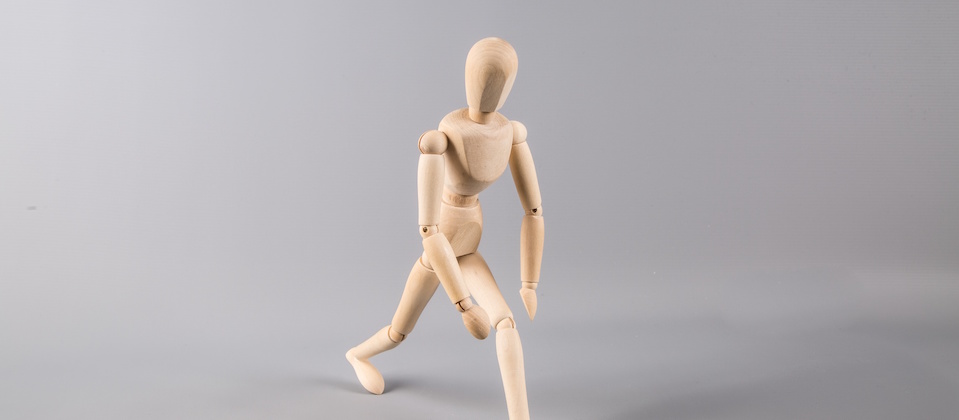Engineers from the Nordic countries may be wizards at turning innovative ideas into reality in everything from sustainable energy to medical devices. But on camera, some can come across a little, uh, uncomfortable. Here’s a quick (and yes, a little dirty) trick to bring the most wooden of engineer-on-video performances to life.
Technical zombies?
Don’t get me wrong. I’m full of admiration for the abilities of Scandinavian engineers. But who can blame them for those mechanical, deer-in-headlights video performances?
The culture of the Nordic countries (particularly outside of the Copenhagen area) encourages people to hide among the masses rather than stick out in public. Then there’s the language barrier: While Scandinavians usually comprehend English at a very high level, few are able to articulate corporate messages on camera. And let’s face it – speaking intelligently when a camera is rolling is a challenge for just about anyone (just think of the millions of hours of filmatic rubbish Generation Y is leaving in its wake).
Tricky stuff
Here’s a trick we’ve used with success when interviewing engineers about the technical aspects of products and projects on a number of occasions: Set your camera/s up on a tripod, perform the interview, don’t be frustrated by the fact that the only moving element is his or her lips and the occasional blinking, just get the questions answered and most of the job is basically done.
Next, pretend the interview is over and the camera is off. Before the engineer can leave, have someone (such as the director) approach him or her, staying about a meter away. With the camera rolling, ask a few more questions about the topic. While off camera, the engineer relaxes and begins to move more normally, gesturing with their hands as they explain various points. The still-rolling camera is focused on those hands, and this footage is later edited into the interview piece, switching between shots of the engineer’s head-and-shoulders and their expressive hands.
And voíla – you’ve brought your uncomfortable engineer to life. This opens up the possibility for autotune-heavy re-mixes, although they’re unlikely to be well received.
Any similar tips or hints? Preferably something that doesn’t involve alcohol?

